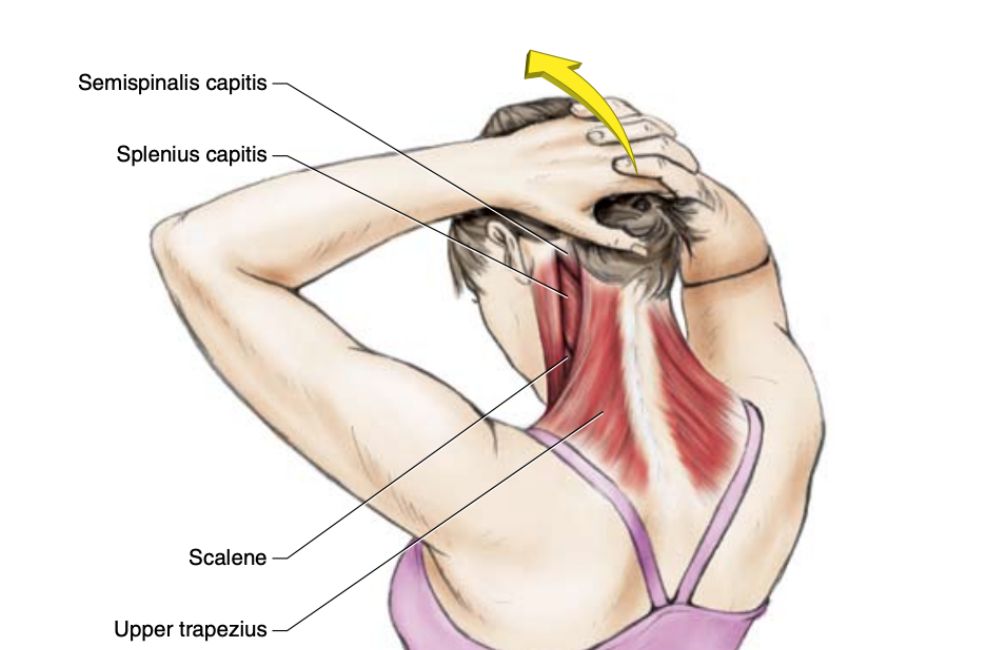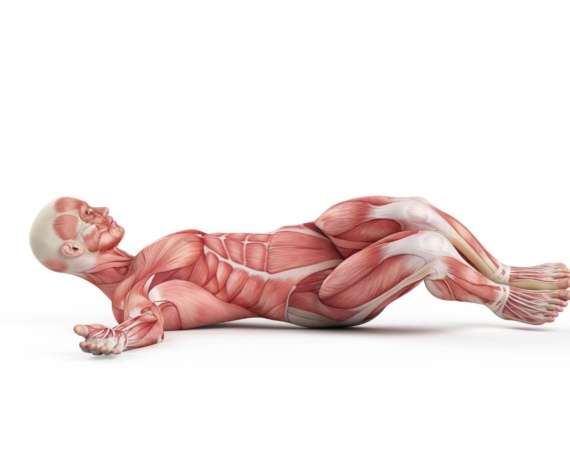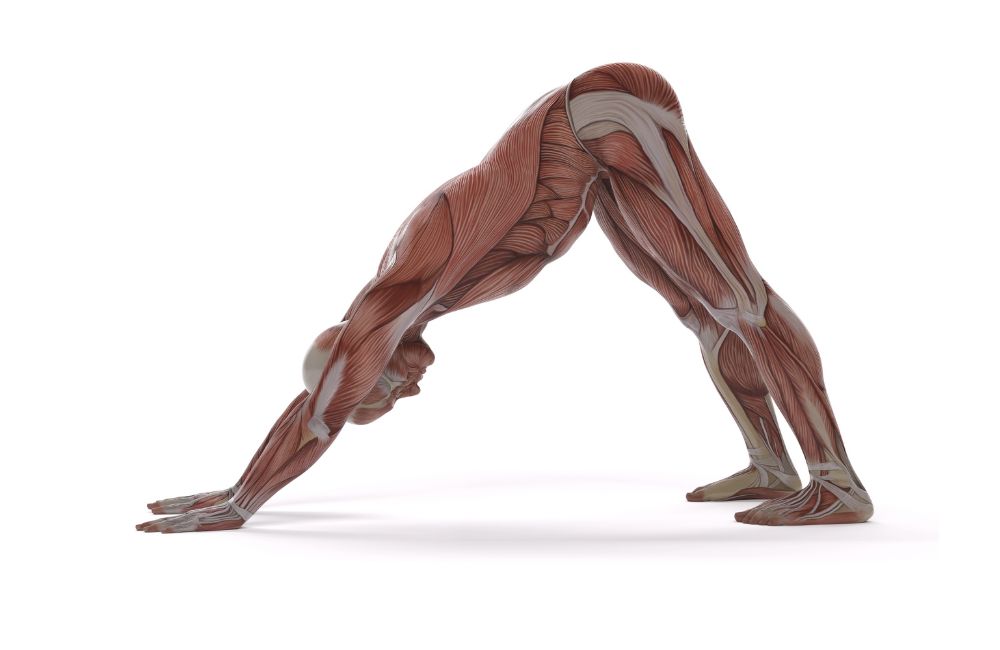
Want to age well? Do this quick daily full-body stretch routine to stay flexible, mobile, and limber as you age.
Flexibility is often the most neglected component of fitness. Most people will happily hit the weight room or bust out a few miles on the treadmill. But precious few people will ever spend the time to stretch.
However, this lack of flexibility can lead to serious issues. For instance, individuals with high levels of strength and endurance, but low levels of flexibility may be at higher risk for orthopedic injuries.
Luckily, it doesn’t take much time or effort to improve your flexibility. If you can devote just ten minutes a day to the following stretching routine, you’ll be well on your way to improving your mobility and reducing your risk of injury (1).
What Happens When You Stretch Every Day?
Beyond decreasing your injury risk, as described in the introduction, stretching can provide you with a host of benefits.
With daily stretching, you may experience any or all of the following bodily changes:
- Improved posture (2).
- Better sports performance.
- Increased comfort during daily activities.
Of course, everyone’s individual experience with stretching is different. So, you may experience all of the above, some of the above, or none of the above. You’ll never know until you give it a shot!
Now, without further ado, let’s take a look at a daily stretching routine that you can incorporate into your regular schedule.
10-Minute Full-Body Stretching Routine for Better Mobility and Health
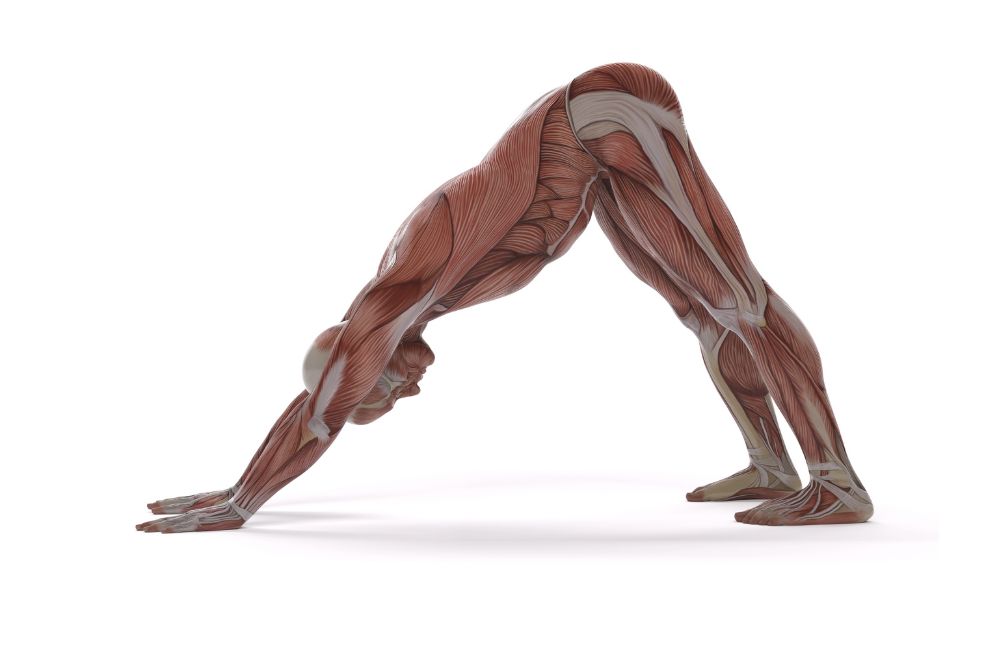
This routine will take less time than is required to make your coffee in the morning. By devoting just ten minutes to your flexibility goals every day, you may begin to experience profound health benefits.
As always, if you have any health concerns, be sure to check with your healthcare provider before beginning any exercise routine.
1. Supine Hamstring Stretch
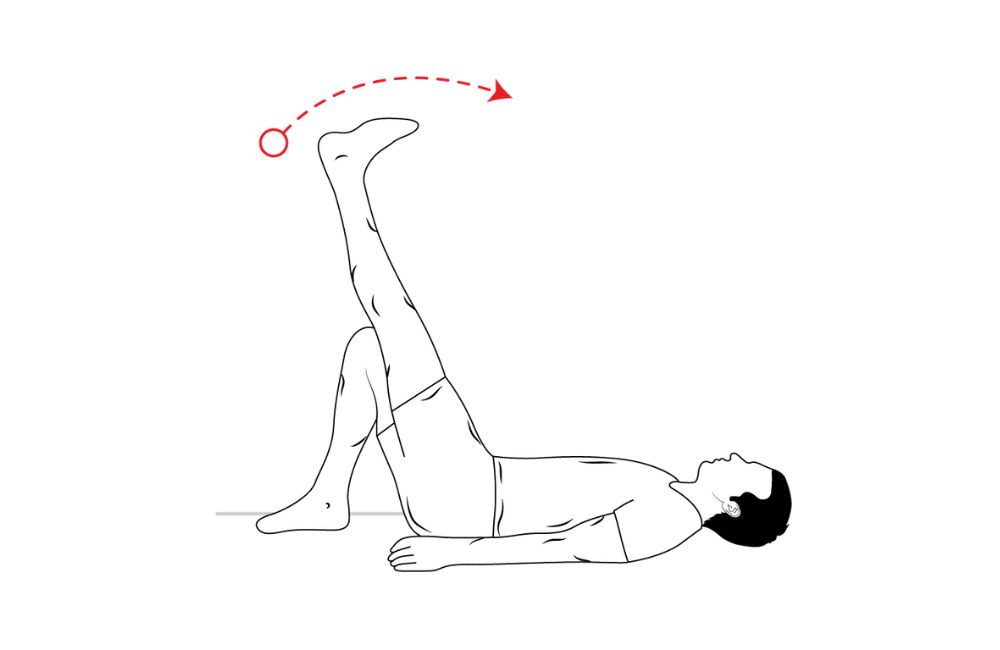
The hamstrings are tight on nearly everyone. Office workers, marathon runners, and everyone in between can suffer from tight hammies. This stretch is comfortable for beginners and advanced yogis alike. So, this is a good one to start with!
How to Perform
- Lie flat on your back with your knees bent and your feet flat on the floor.
- Lift your right leg off of the ground, extending your right heel toward the ceiling, keeping your knee straight.
- Grasp your right thigh with both hands and gently pull your leg toward your chest until you feel a slight pull in the back of your thigh.
- Hold the stretch for 30 seconds on each leg, 2 times per leg, every day (or as many times a week as you’d like).
2. Extended Supine Piriformis Stretch
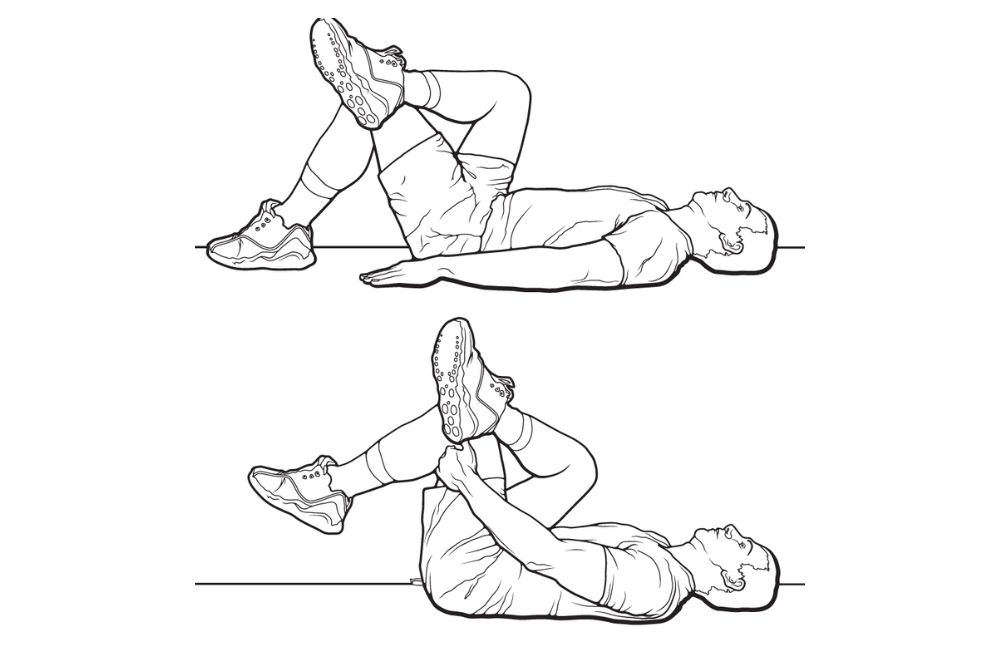
The piriformis is another problem muscle for many people. Sitting all day long can put a strain on this muscle and can make it both tight and weak. Stretching it out on a daily basis can alleviate many issues associated with this body region.
How to Perform
- Lie on your back with both knees bent and your feet flat on the floor.
- Lift your right leg off of the ground and place the outside of your right ankle on your left thigh, just above the knee.
- Next, lift your left foot off of the ground, bringing your right leg along for the ride.
- Place your hands on the back of your left thigh and pull toward your chest.
- Hold for 30 seconds and repeat twice on each side per session. Repeat every day (or as many times a week as you’d like).
3. Supine Cross-Body Piriformis Stretch
Interestingly, the piriformis can serve multiple seemingly counterintuitive functions. For biomechanics enthusiasts out there: it can perform both internal rotation and external rotation at the hip, depending on the angle of flexion.
For this reason, it’s usually a good idea to include a couple of different stretches for this muscle in your routine.
How to Perform
- Lie flat on your back, with your legs straight and relaxed on the floor.
- Bring your right knee to your chest, then place your left hand on the outside of your right knee and pull it towards your left armpit.
- Keep your right shoulder in contact with the floor throughout the stretch.
- Hold for 30 seconds and repeat twice on each side per session. Perform every day (or as many times a week as you’d like).
4. Downward-Facing Dog
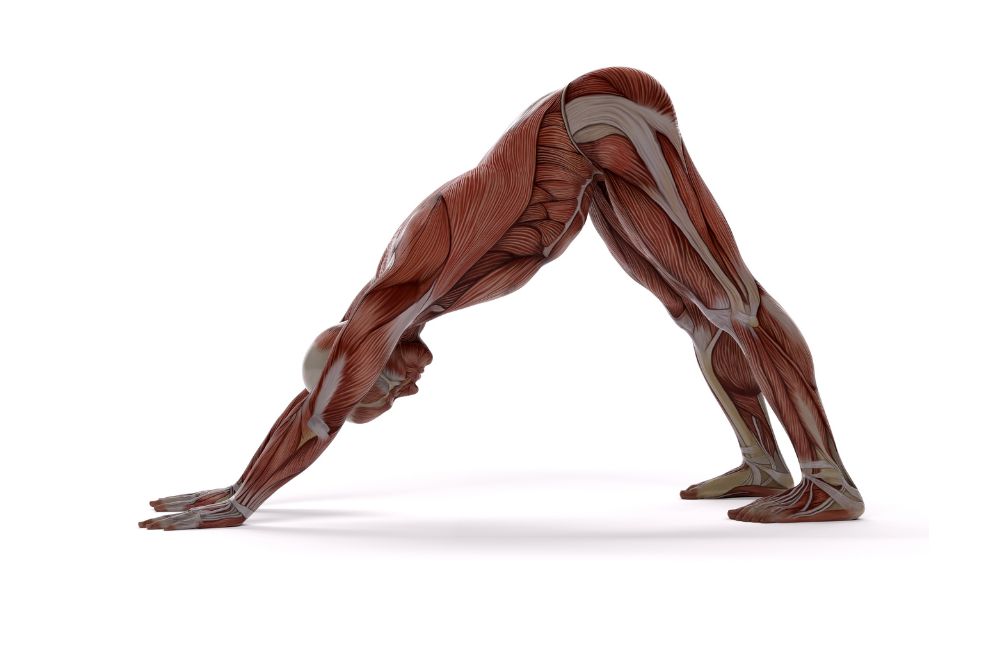
Downward-facing dog (along with its sister stretch: upward-facing dog, described later) is one of the best stretches out there. This move emphasizes the entire posterior chain: from your feet up to your shoulders!
How to Perform
- Place your hands on the ground, about shoulder-width apart.
- At the same time, place your feet on the ground, about hip-width apart.
- Lean back, sticking your buttocks up in the air as you attempt to bring your heels to the ground.
- Hold this position for 30 seconds and repeat it 3 times per session. Repeat every day (or as many times a week as you’d like).
5. Upward-Facing Dog
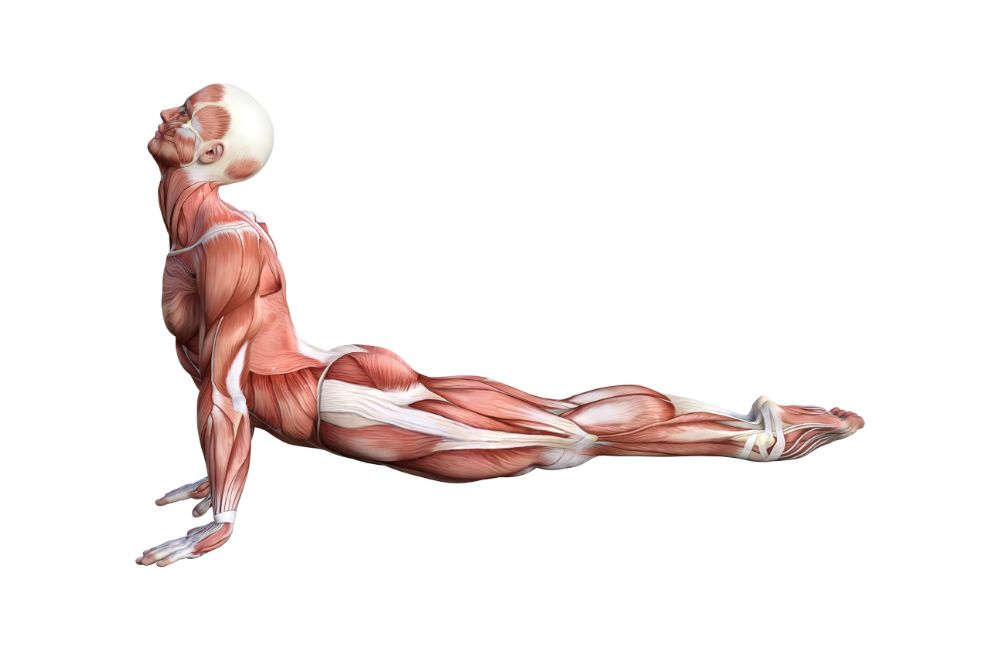
Much like a downward-facing dog, the upward-facing dog is a great stretch for the whole body. However, in contrast to a downward-facing dog, an upward-facing dog emphasizes the anterior chain rather than the posterior chain.
How to Perform
- Start by lying on your stomach.
- Next, place your hands on the ground below your shoulders and push up, keeping your hips on the ground.
- Hold this stretch for 30 seconds and repeat it 3 times per session. Perform every day (or as many times a week as you’d like).
6. Runner’s Stretch
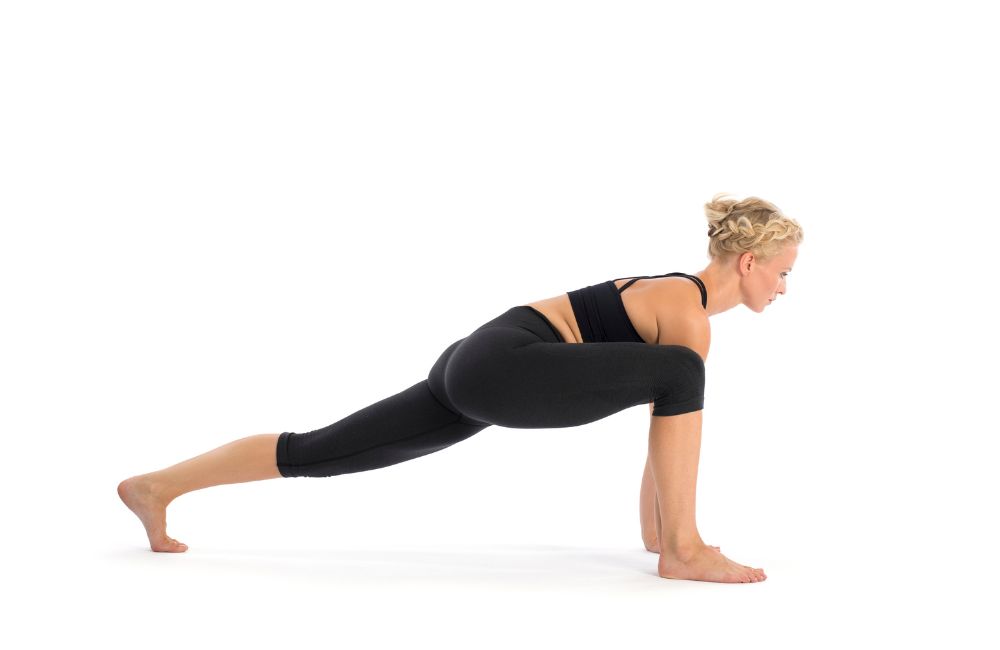
You don’t have to be a runner to use this stretch! This stretch serves the dual purpose of loosening up your hip flexors while simultaneously improving your glute and quad isometric strength.
How to Perform
- Place your hands on the ground on the outsides of your feet.
- Bend your knees and reach your left leg as far as you can behind you, placing your left toes on the ground.
- Hold this position for 30 seconds and repeat twice on each side. Repeat every day (or as many times a week as you’d like).
7. Half-Pigeon Pose
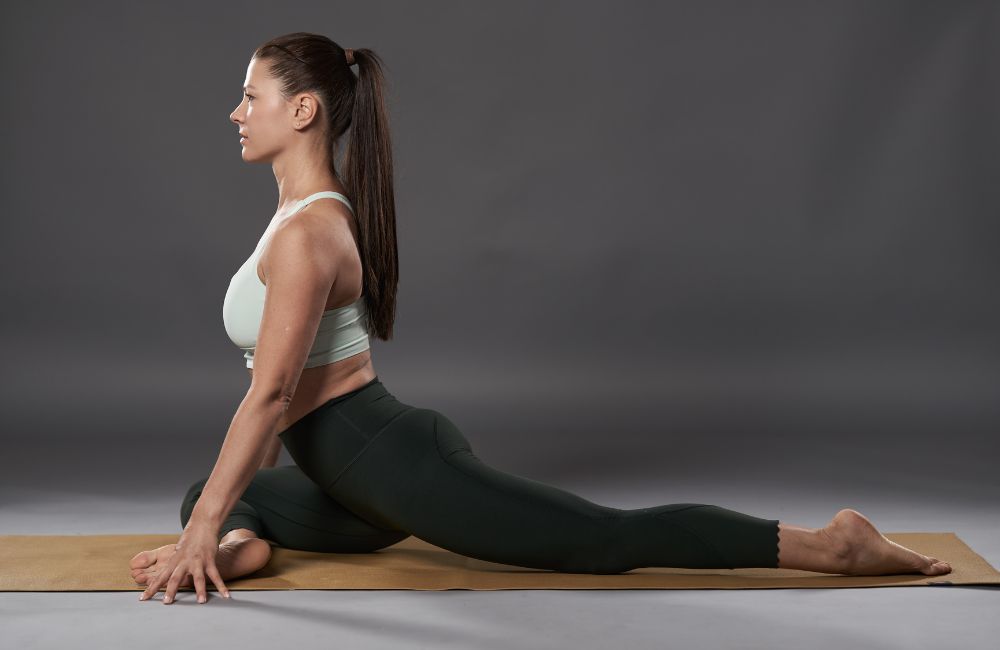
This stretch is a more advanced version of the other piriformis stretches on this list. However, anyone can perform this stretch, as long as you listen to your body and use extra padding where you need it.
How to Perform
- Start in a kneeling position with both knees padded up, as needed.
- Slowly, place your hands a few inches in front of your knees and bring your right knee forward, placing it between your hands.
- Then, rotate your right leg so that your right foot is facing the left side of the room.
- If possible, slide your left knee back as far as you can to increase the stretch.
- Hold this position for 30 seconds and repeat twice per side. Repeat every day (or as many times a week as you’d like).
8. Cross-Body Shoulder Stretch
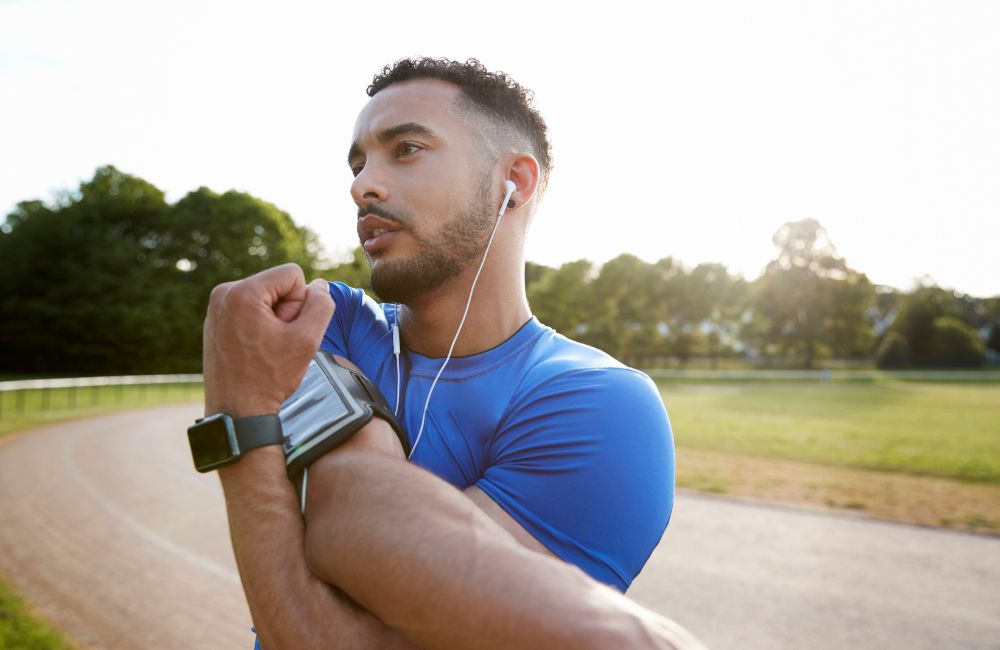
The muscles in the back of the shoulder can get very tight from our daily activities. This stretch keeps your shoulders loose and pain-free, enabling you to complete your daily tasks with increased comfort.
How to Perform
- In standing or kneeling, cross your right arm over your chest.
- With your left arm, pull your right shoulder as far as you comfortably can.
- Hold this position for 30 seconds, repeating twice on each side. Repeat every day (or as many times a week as you’d like).
9. Overhead Triceps Stretch
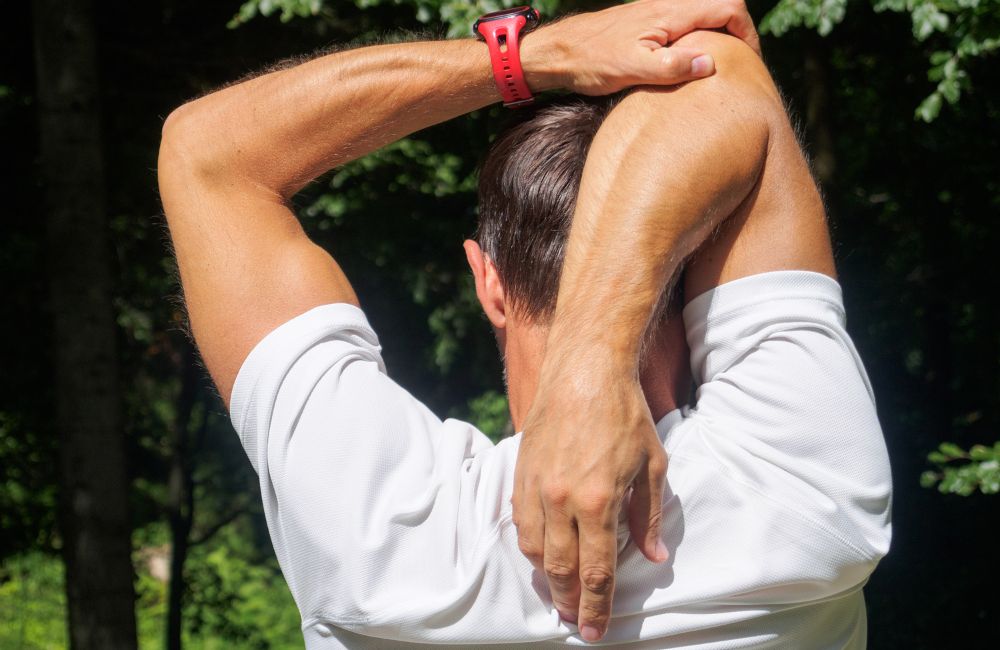
Your triceps are one of the most important muscles of your upper limb. In fact, they make up a bigger percentage of your arm than the gilded biceps. Keep this muscle as loose and healthy as you can!
How to Perform
- Reach your right arm up toward the ceiling.
- Then, bend your right elbow, reaching your right hand down your back as far as you can.
- Next, grasp your right elbow with your left hand, pulling downward.
- Hold for 30 seconds and repeat twice per side, per session. Perform every day (or as many times a week as you’d like).
10. Standing Double Hamstring Stretch
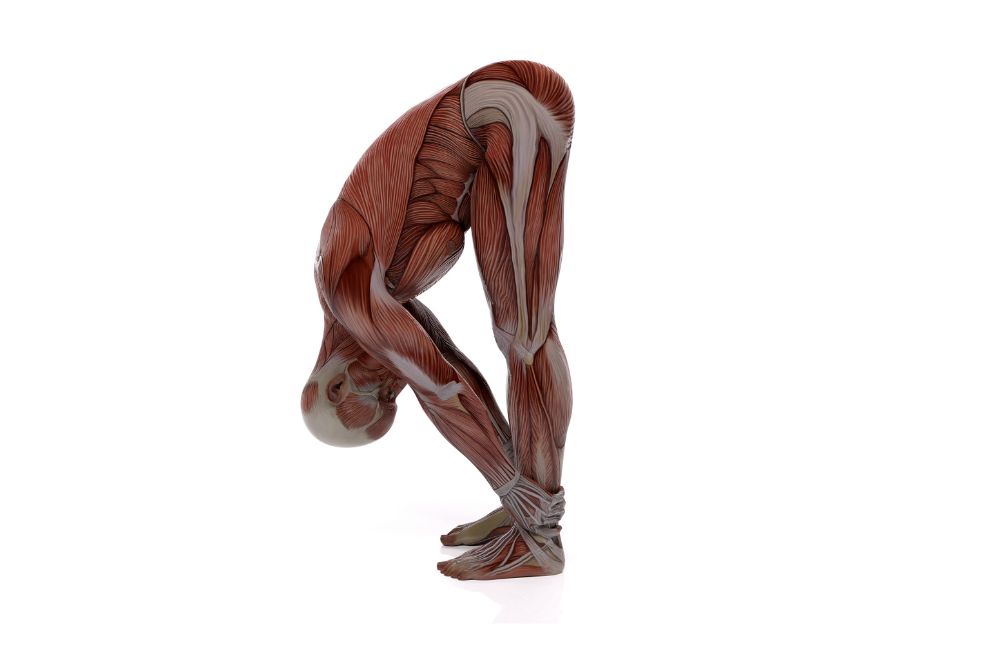
When you perform stretches in standing, you increase the balance demands on the body. This improves the efficiency and effectiveness of your stretching routine. So, when you can, try to do as many movements and stretches in standing as you can.
How to Perform
- With your feet spaced about hip-width apart, slowly bend at your hips as you reach your hands down toward your toes.
- If you’d like, you can allow your back to flex as well, increasing the stretch in your spine and hamstrings.
- Hold for 30 seconds and repeat 4 times per session. Repeat every day (or as many times a week as you’d like).
11. Child’s Pose
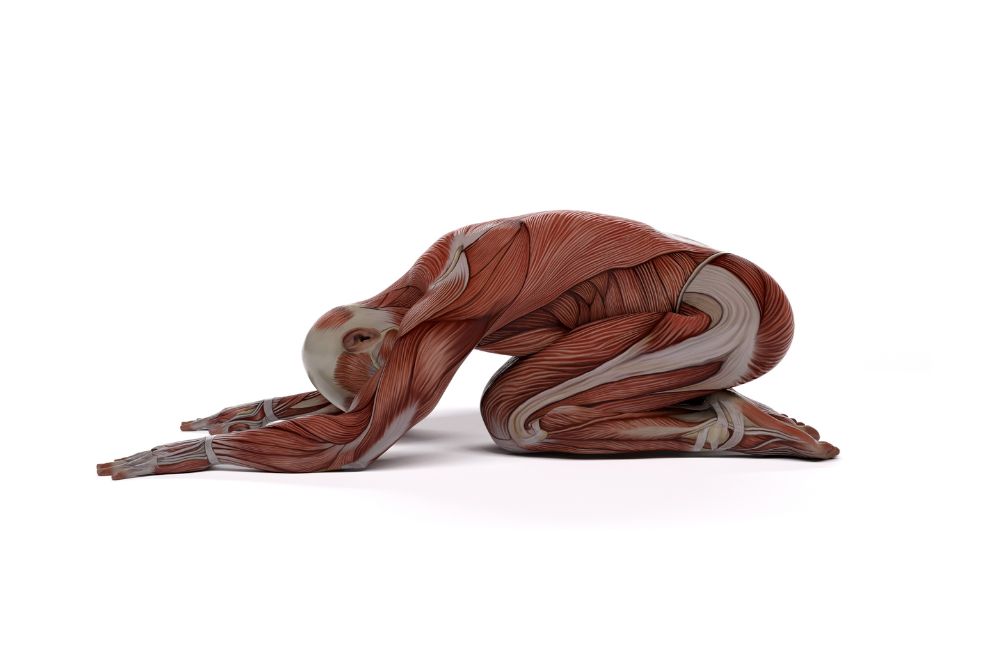
Last but not least, we have the classic relaxation stretch: child’s pose. Child’s pose is almost always included at the end of every yoga class.
This allows participants to get a great, comfortable stretch while relaxing the entirety of their bodies at the same time.
How to Perform
- Start on your hands and knees.
- Lean backward, attempting to touch your buttocks to your heels.
- At the same time, reach your hands as far forward as you can.
- Hold this position for 30 seconds. Repeat 4 times per session. Repeat every day (or as many times a week as you’d like).
Conclusion
Stretching may not be a part of your current exercise routine, but it certainly should be. Flexibility exercise affords us tons of different benefits. Best of all, it only takes a few minutes a day of dedicated practice to reap the benefits inherent in stretching. Try this routine out today!
Works Cited
- Page P. (2012). Current concepts in muscle stretching for exercise and rehabilitation. International journal of sports physical therapy, 7(1), 109–119.
- Kim, D., Cho, M., Park, Y., & Yang, Y. (2015). Effect of an exercise program for posture correction on musculoskeletal pain. Journal of physical therapy science, 27(6), 1791–1794. https://doi.org/10.1589/jpts.27.1791

